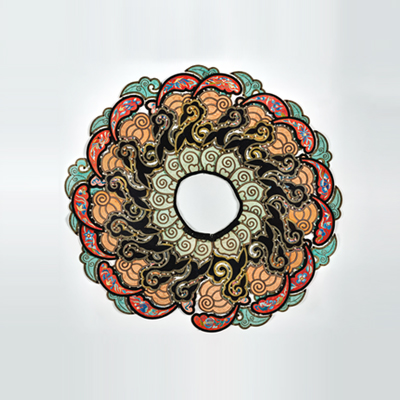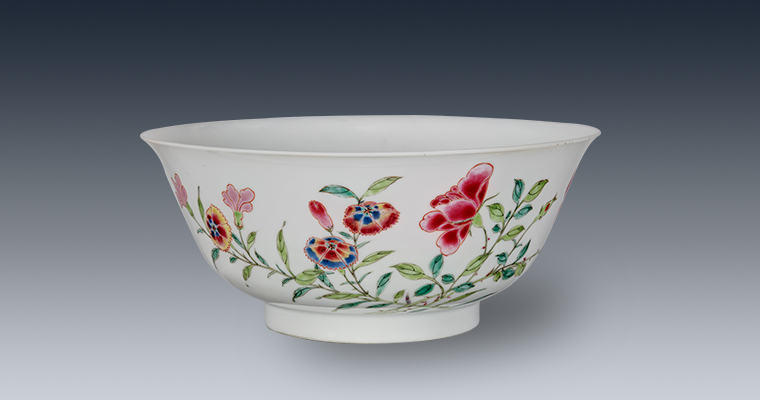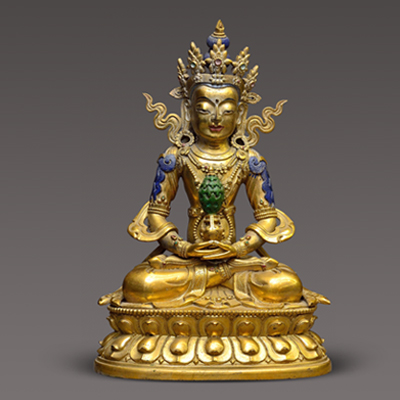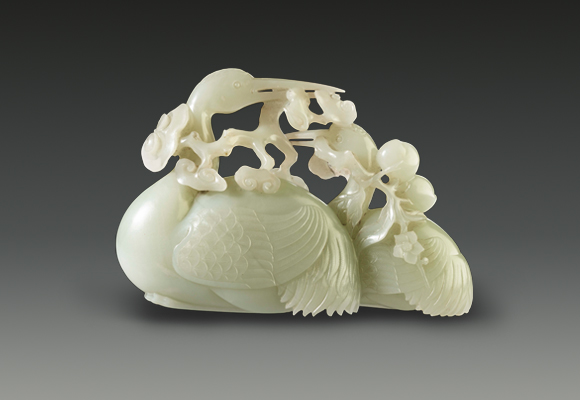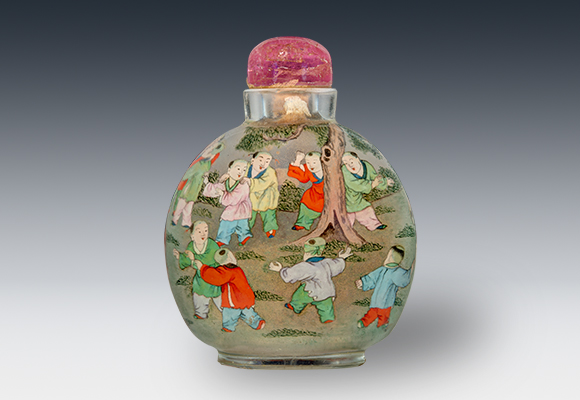CURRENT EXHIBITION
> exhibition>current exhibition > Buddhist Art Exhibition of Ming and Qing Dynasty
Buddhist Art Exhibition of Ming and Qing Dynasty
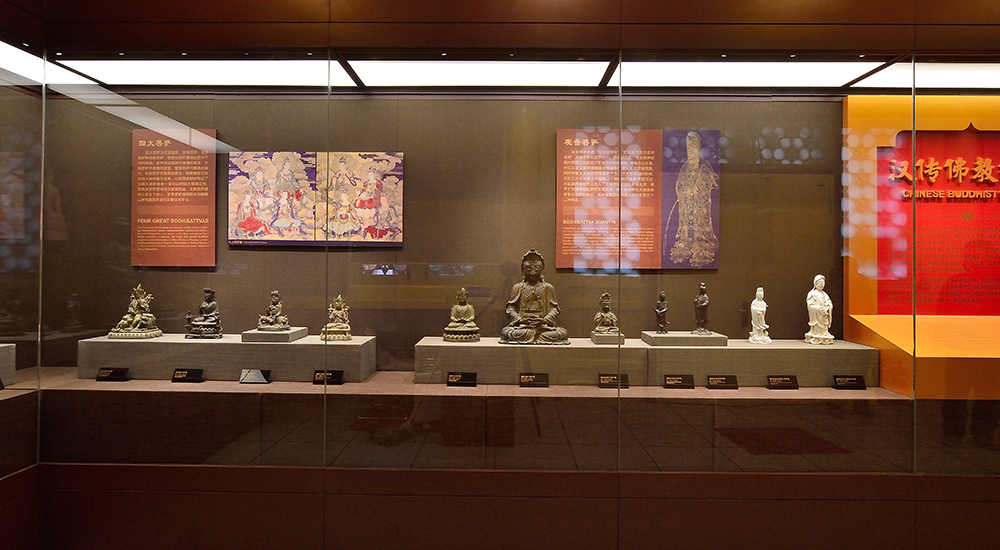
Chinese Buddhism, also known as Chinese Language Buddhism, refers to Buddhism popular in the Han areas of China and some ethnic minority regions from the Han areas. Buddhism was introduced into central China in the first year of the Yuanshou period of the Emperor Ai of the Western Han dynasty (2 BC), together with the art of Buddhist statues that was formally initiated in the middle and late Eastern Han dynasty. As an art form introduced from a foreign country, the art of Buddha statues, following some thousand years of continuous development and reform in China, has shown less and less flavor of Indian culture and become more and more localized. The Buddhist statues are lofty in the Southern and Northern dynasties, elegant in the Sui and Tang dynasties, simple and natural in the Song dynasty and stylized in the Ming and Qing dynasties, and ultimately become a part of the Chinese traditional culture.
Although the art of Buddha statues in the Ming and Qing dynasties was on the decline as it was then superficial and vulgar lacking spiritual power, a majority of Buddhist statues still impress people toy their nobleness and elegance, from which we can know the Buddhist and social development back then. Some folk Buddhist statues focus upon expression of the common people’s emotions like happiness, anger, sadness and joy and, therefore, are very life-like.
Tibetan Buddhism, as referred to Buddhism that was formed in the Tibetan region or spread to other areas from the Tibetan region, is now polular in the whole of Tibet, Inner Mongolia and part of Qinghai, Gansu, Sichuan and Yunnan of China. At the beginning of the 7th century, Buddhism was formally introduced to the Qinghai-Tibet Plateau and, following over 1,300 years of development and transmission, Tibetan Buddhism possesses its unique plateau nation features.
During the Ming and Qing dynasties, the important development period of the Tibetan Buddhist statue art, the Tibetan artists instilled their own ethic culture and aesthetic elements into such art form originated in India and Nepai so as to create an art mode that had not been seen before and was characterized by the striking Tibetan aesthetics, thus offering a perfect blend of foreign arts with indigenous arts. Thanks to the central government’s active promotion and advocacy of Tibetan Buddhism, the exchange in art between Han and Tibetan nations became a dominant trend in the development course of the Buddhist statue art at that time.
